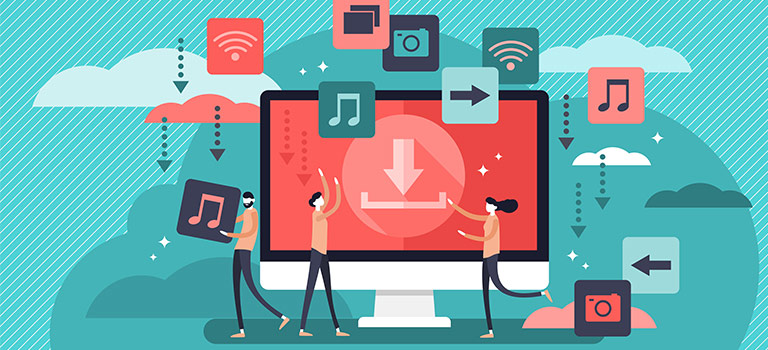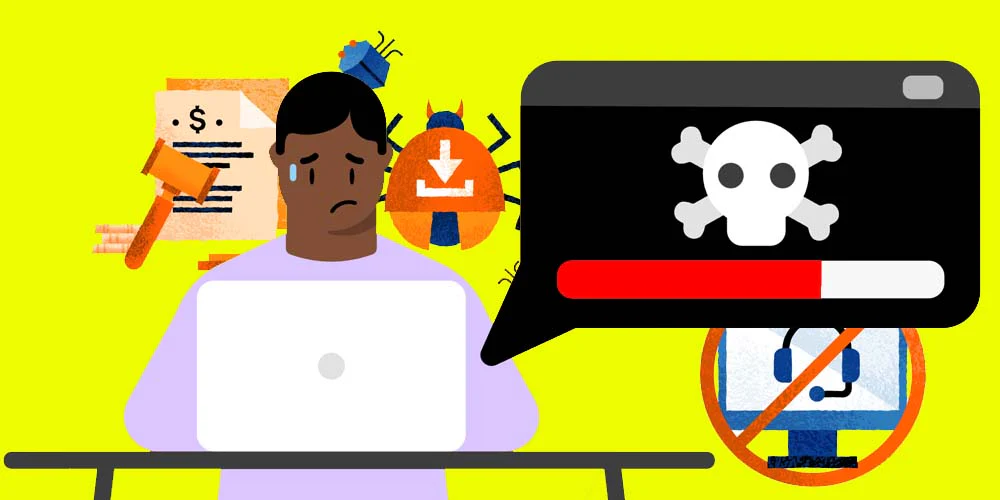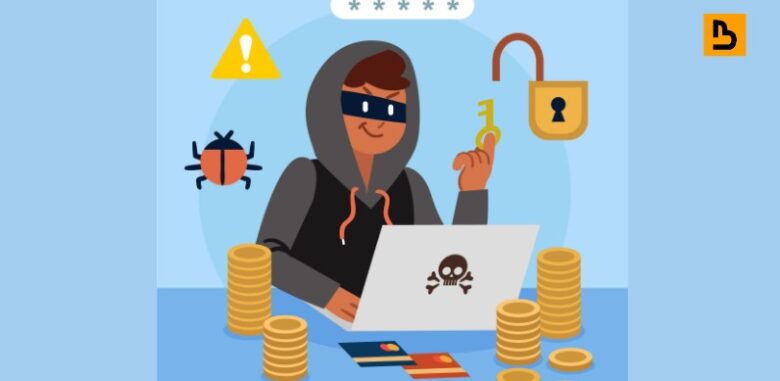The world of technology is more interconnected than ever, and along with it, new challenges for securing digital content. As technology advances, so has the illegal use and distribution of original work. The growth of new streaming tools, artificial intelligence, and emerging platforms has brought forth opportunities and threats. This is where the reality of content piracy in 2025 unfolds. It is not just downloading music or films for free anymore, but an elaborate system of hijacked content that affects creators and regular consumers differently than ever before.
How Piracy Has Developed Over Time?

Source: uscybersecurity.net
In the initial years of the internet, piracy was all about downloading music songs from peer-to-peer websites or copying DVDs. Over time, this evolved to streaming websites and applications on which people had access to view or listen free of charge. Piracy in 2025 has further evolved to include cloud storage leaks, hacks on subscription services, and AI-generated replicas of original work. This new form of theft is harder to trace and stop because it is dispersed quickly and tends to blend with legal websites.
The Effect on Creators
Creators in all industries are most affected by this new wave of piracy. Artists, directors, writers, and even web tutors invest time, energy, as well as resources in creating work. When their work is pirated and sold or streamed by others without their consent, they lose income, accolades, and respect from their audience. Many times, smaller creatives relying on online sales or streaming revenue cannot make ends meet. Piracy is not only a business problem for them but also a personal risk to their profession and imagination.
The Consumer’s Side of Piracy
While it might look like consumers gain by accessing for free, the consequences for them are also quite large. Most pirated platforms put users at risk of harmful malware or scams. Stolen content is also low-quality, and personal data can be stolen when downloading or streaming without permission. In the United States, there have been several instances where people have lost personal information due to interacting with pirated content. Customers may perceive that they are saving money, but long-term consequences can be much more expensive.
The Role of Technology in Piracy

Source: hypersecure.in
Technology has always been involved in piracy, yet in the year 2025, it has become even more sophisticated. Hackers currently break encryption using automated tools, and AI is employed to clone voices, images, or scripts imitating actual creators. Advanced recommendation systems, even such ones found on pirated platforms, like real services, keep audiences hooked. This makes piracy seem professional and safe, which poses a greater risk for both audiences and creators who cannot easily distinguish between legal and illegal content.
Streaming Services and the Battle Against Piracy
One of the largest pirates’ goals these days is subscription-streaming services. With increasing subscription prices, everyone seeks cheaper or more accessible alternatives, and pirates step in to fill the gap. Providers that give fake login access or cracked app versions have become common. Yet, the sites themselves are pouring money into protecting content, employing watermarks, enhanced login security, and AI filtering to detect leaks. Pirates and platforms play a continuous game of catch-up.
Piracy in Gaming and Software
The gaming market and software firms also have severe piracy problems in 2025. Games are increasingly large and sophisticated, frequently demanding online authentication. Even with these steps, cracked games are still being extensively shared. For software, particularly high-priced tools that professionals use, piracy continues to erode profit and restrict equitable access. This has prompted many firms to shift toward cloud-based systems, where material is more difficult to copy without being noticed.
The Consumer Demand Problem
One of the primary reasons piracy persists is consumer demand for cheaper and easier access. Many assume that if legal services were cheaper or easier to access, piracy would be less desirable. In 2025, content providers’ issue isn’t just security but offering value competitive with free. Better pricing models, bundled services, and variable access can reduce piracy, but not eliminate it.
Ethical Issues Surrounding Piracy

Source: royalcdkeys.com
There is also an ethical argument about piracy. Some consider that it is a means for disadvantaged individuals to have access to culture, information, and knowledge. Others cite that it robs diligent creators and diminishes equity in the digital world. In the United States, where content development is a significant industry, encouraging piracy hurts thousands of jobs. The moral debate demonstrates that piracy is not merely a technical problem but also a social one that calls for responsibility and awareness.
Educational Content Piracy
Piracy isn’t limited to the entertainment industry. Education websites, courses, and e-books are pirated on a large scale, too. All but a few students in America and worldwide rely on pirated copies of textbooks or video recordings of lectures. It may seem convenient in the short term, but it undervalues education websites and discourages experts from hosting material online. Protecting learning material is as crucial now as protecting films or music since it has a direct impact on knowledge exchange and innovation.
The Cost of Business Piracy

Source: bytescare.com
For companies that invest so heavily in content, piracy is less about lost sales and more about trust. With pirated versions available online the moment the product is released, it removes the incentive for people to pay for legitimate access. It means less profit, reduced budgets for new releases, and fewer jobs in the creative sectors. The long-term effect is a shrinking creative economy where innovation is stifled by continual theft.
In conclusion, 2025 is not a time when piracy is a minor issue, but an international problem that hits every region of the digital world. From songs and films to software and schools, pirated content endangers both creativity and consumer security. The problem is more than getting something for nothing; it’s about trust, equity, and the viability of entire industries. For the US and for other countries, content protection means protecting culture, jobs, and security. And in this ongoing struggle, the doverunner lessons remind us that awareness, accountability, and security are still the greatest anti-digital piracy weapons. With the war still going on, one thing is sure: creators and users alike have a stake in establishing a safer online community.




